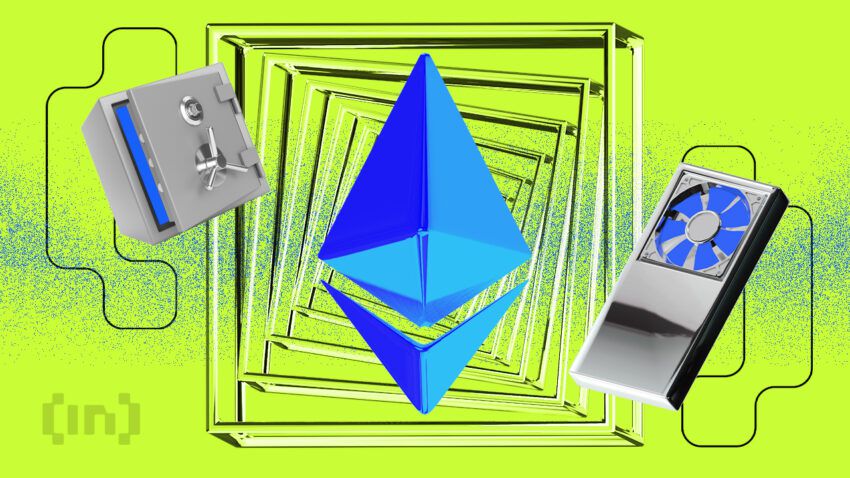In the rapidly evolving world of blockchain technology, Ethereum has emerged as a groundbreaking platform that not only introduced the concept of smart contracts but also underwent several forks and upgrades to enhance its capabilities. These forks and upgrades have played a crucial role in shaping the Ethereum ecosystem and ensuring its scalability, security, and functionality. In this article, we’ll delve into the historical perspective of Ethereum forks and upgrades, highlighting their significance and impact.
Ethereum, conceived by Vitalik Buterin in 2013, aimed to revolutionize the blockchain landscape by enabling the creation of decentralized applications through smart contracts. However, to adapt to the ever-changing demands of the ecosystem and address inherent issues, Ethereum underwent a series of forks and upgrades that have shaped its journey.
Understanding Forks and Upgrades

Forks in the context of Ethereum refer to instances where the blockchain splits into two separate chains, usually resulting from differences in consensus rules. Upgrades, on the other hand, involve implementing changes and improvements to the existing Ethereum network. These upgrades are crucial for ensuring the platform remains efficient, secure, and scalable. One of Ethereum’s first major upgrades was the Byzantium hard fork, which took place in October 2017. This upgrade introduced several improvements, including enhanced security, reduced mining rewards, and paving the way for future upgrades.
The Constantinople Upgrade
In February 2019, Ethereum underwent the Constantinople upgrade, which aimed to optimize the network’s efficiency and pave the way for Ethereum 2.0. It included changes like reducing block rewards and improving network performance.
The Istanbul Upgrade
December 2019 saw the Istanbul upgrade, which introduced several Ethereum Improvement Proposals (EIPs) to enhance the platform’s functionality. This upgrade focused on network security and interoperability.
The Muir Glacier Upgrade
The Muir Glacier upgrade, implemented in January 2020, was a response to a delay in the Ethereum 2.0 upgrade. It aimed to delay the “Ice Age” difficulty bomb and maintain the network until Ethereum 2.0 could be fully deployed.
The Berlin Upgrade
Ethereum’s Berlin upgrade, which occurred in April 2021, aimed to optimize gas fees and enhance the platform’s efficiency. It implemented EIPs addressing gas costs, security, and more.
The London Upgrade
One of the most significant upgrades, London, was implemented in August 2021. It introduced the Ethereum Improvement Proposal (EIP-1559), which aimed to improve the fee structure by introducing a base fee and a mechanism for burning transaction fees.
The Shanghai Upgrade
The Shanghai upgrade, anticipated in 2022, focuses on further enhancing Ethereum’s scalability and security. It aims to address network congestion and improve efficiency, making Ethereum more sustainable for the future.
The Upcoming Ethereum 2.0 Upgrade

Ethereum’s transition to Ethereum 2.0 is perhaps the most anticipated upgrade. It involves transitioning from a proof-of-work (PoW) to a proof-of-stake (PoS) consensus mechanism, enhancing scalability and energy efficiency.
The Purpose of Forks and Upgrades
Forks and upgrades are essential to Ethereum’s evolution. They allow the network to adapt to changing technological landscapes, address vulnerabilities, and introduce new features that align with the community’s vision. Ethereum’s journey has not been without challenges and controversies. Forks have occasionally sparked debates within the community, with differing viewpoints on implementation and potential risks.
While Ethereum upgrades are often referred to as forks, it’s important to differentiate between protocol upgrades and contentious hard forks, which result in separate chains. Ethereum has mostly undergone planned upgrades. The history of Ethereum’s forks and upgrades provides valuable lessons for the broader blockchain community. It highlights the importance of governance, community consensus, and adaptability in ensuring the success of a decentralized platform.




Leave a Reply